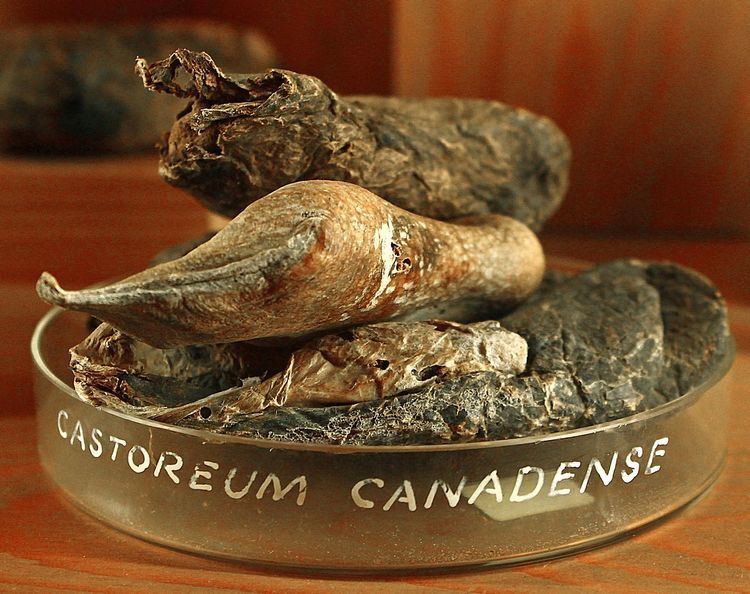 | ||
Similar Pink slime, Benzoin, Isinglass | ||
Castoreum grinding
Castoreum /kæsˈtɔːriəm/ is the exudate from the castor sacs of the mature North American beaver (Castor canadensis) and the European Beaver (Castor fiber).
Contents
- Castoreum grinding
- Trapping
- Perfume
- Medicinal use
- Food use
- Other uses
- Chemical composition
- Related animal products
- References
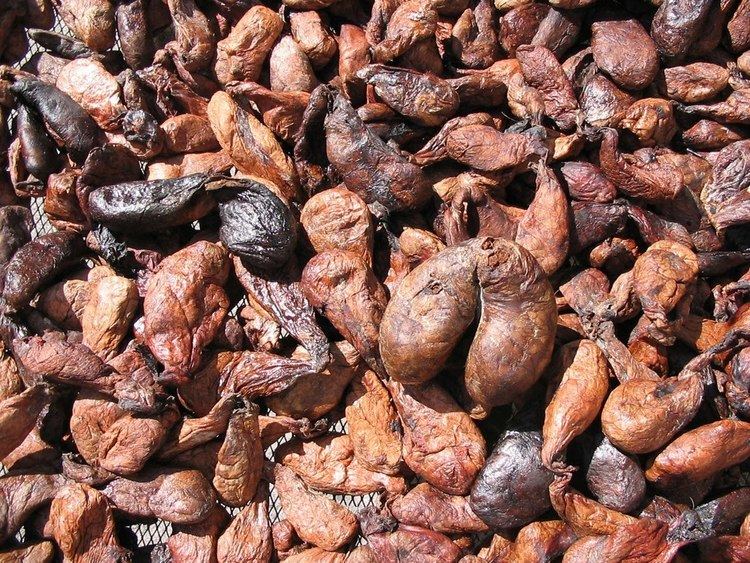
Castoreum is the yellowish secretion of the castor sac. Beavers use castoreum in combination with urine to scent mark territory. Both beaver sexes have a pair of castor sacs and a pair of anal glands, located in two cavities under the skin between the pelvis and the base of the tail. The castor sacs are not true glands (endocrine or exocrine) on a cellular level, hence references to these structures as preputial glands or castor glands are misnomers. Castor sacs are a type of scent gland.
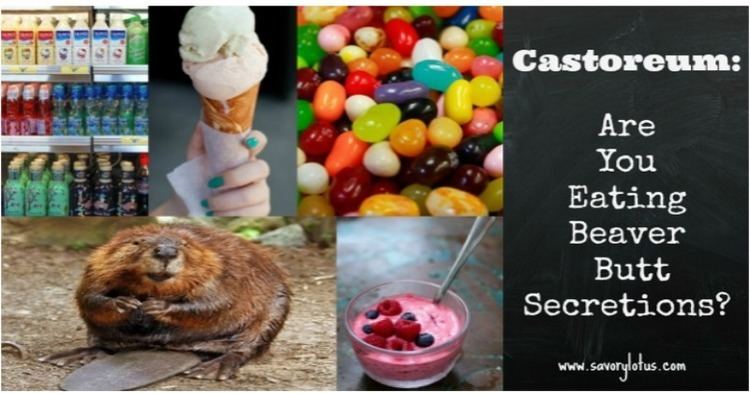
It is used as a tincture in some perfumes and as a food additive.
Trapping

The government of Ontario pays trappers to harvest beaver castor sacs. The sacs brought between 2.62 - 5.10 Canadian dollars per ounce when auctioned at the May–June 2016 North American Fur Auction.
Perfume
In perfume-making, the term castoreum is more liberally applied to denote the resinoid extract resulting from the dried and alcohol tinctured beaver castor. The dried beaver castor sacs are generally aged for two or more years to mellow and for their raw harshness to dissipate.
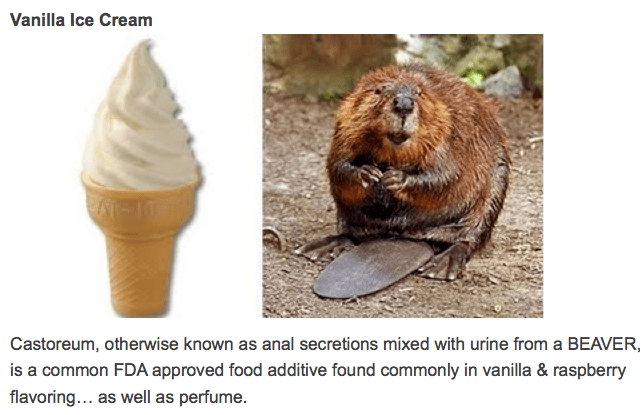
In perfumery, castoreum has largely been used as an animalic note suggesting leather, compounded with other ingredients including top, middle, and base notes as a composition. Some classic perfumes incorporating castor are Emeraude, Chanel Antaeus, Cuir de Russie, Magie Noire, Lancôme Caractère, Hechter Madame, Givenchy III, Shalimar, and many "leather" themed compositions.
Medicinal use

No pharmaceutical authorities in the Western world recommend castoreum for any medical condition. It was still in the materia medica in the 18th century as a treatment for many ailments—including headache, fever, and hysteria. The Romans believed the fumes produced by burning castoreum could induce an abortion. Paracelsus thought it could be used in the treatment of epilepsy. Castoreum was also used as an analgesic, anti-inflammatory, and antipyretic. Castoreum was described in the 1911 British Pharmaceutical Codex for use in dysmenorrhea and hysterical conditions (i.e., pertaining to the womb), for raising blood pressure and increasing cardiac output. The activity of castoreum has been credited to the accumulation of salicin from willow trees in the beaver's diet, which is transformed to salicylic acid and has an action very similar to aspirin.

It is one of the 65 ingredients of mithridate, a semi-mythical remedy used as an antidote for poisoning. It is also an ingredient of theriac, a medical concoction originally formulated by the Greeks in the 1st century AD as an alexipharmic, or antidote, considered a universal panacea.
Food use

In the United States, the Food and Drug Administration lists castoreum extract as a generally recognized as safe (GRAS) food additive. In 1965, the Flavor and Extract Manufacturers Association's GRAS program (FEMA 2261 and 2262) added castoreum extract and castoreum liquid. Product ingredient lists often refer to it simply as a "natural flavoring." While it is mainly used in foods and beverages as part of a substitute vanilla flavor, it is less commonly used as a part of a raspberry or strawberry flavoring. The annual industry consumption is very low, around 300 pounds, whereas vanillin is over 2.6 million pounds annually.
Castoreum has been traditionally used in Sweden for flavoring schnapps commonly referred to as "Bäverhojt" (literally, beaver shout).
Other uses
Castoreum is also used to contribute to the flavor and odor of cigarettes.
Medieval beekeepers used it to increase honey production.
Chemical composition
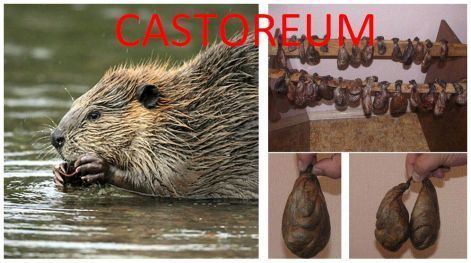
At least 24 compounds are known constituents of beaver castoreum. Some of these have pheromonal activity. These are the phenols 4-ethylphenol and 1,2-dihydroxybenzene (catechol) and the ketones acetophenone and 3-hydroxyacetophenone. Five additional compounds noted are 4-methyl-1,2-dihydroxybenzene (4-methylcatechol), 4-methoxyacetophenone, 5-methoxysalicylic acid, salicylaldehyde, and 3-hydroxybenzoic acid. Other neutral compounds are oxygen-containing monoterpenes such as 6-methyl-l-heptanol, 4,6-dimethyl-l-heptanol, isopinocamphone, pinocamphone, two linalool oxides and their acetates. Other compounds are: benzoic acid, benzyl alcohol, borneol, o-cresol, 4-(4'-hydroxyphenyl)-2-butanone, hydroquinone, phenol. All those compounds are gathered from plant food. It also contains nupharamine alkaloids and castoramine, and cis-cyclohexane-1,2-diol.
